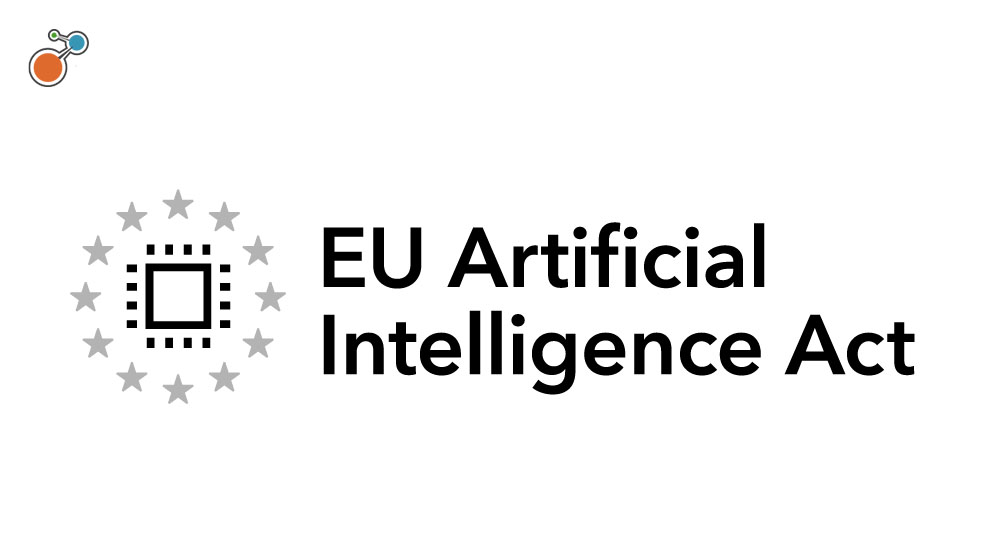Luring young professionals into insurance careers requires more than deploying recruitment tactics like social media blitzes and career fairs. It requires creating roles that have meaning to this altruistic generation—a feat more easily managed with technology that automates the mundane and allows your people to shine.
February is Insurance Careers Month, an annual endeavor to attract younger generations to the insurance industry, which faces a looming talent gap as more baby boomers retire from careers as commercial claims adjusters, underwriters and brokers—careers Millennials may consider to be “old school” or “uninteresting.”
The thing is, insurance careers can actually provide Millennials with much of what they are reportedly looking for in their careers—from stability and philanthropic opportunities to jobs with meaning and work-life balance. The former two are almost inherent benefits of any insurance industry job.
For instance, when it comes to stability, it can’t be denied that property/casualty and life/health insurance companies are a large employer—providing some 2.6 million jobs, or 2.1 percent of U.S. employment in 2016, according to the Insurance Information Institute.
As for philanthropy, the industry is also a major contributor to charitable causes. By mid-2017 the industry had contributed more than $25.3 million in local community grants, which is only a portion of its monetary giving initiatives; and it had donated more than 218,000 volunteer hours to hundreds of community nonprofit organizations, according to the Insurance Industry Charitable Foundation and McKinsey and Co.
However, when it comes to the latter two benefits of working in the insurance industry—meaningful work and work-life balance—those are not quite inherent. In fact, their existence varies from business to business and even position to position. For example, few and far between claims adjusters would likely proclaim work-life balance and meaningful work are the top benefits of their job…if they would even mention them as benefits at all.
Read, “Three Tips for Preventing Claims Adjuster Stress”
Companies across the industry that do offer these benefits, however, also tend to put the right tools and technology in the hands of their employees so they can perform faster and at higher levels—providing, you guessed it, the meaningful work and work-life balance so many younger employees today want.
Risk management technology’s ability to automate so many of the administrative tasks that are associated with claims administration and management, insurance policy management, risk management, and compliance, really does allow for the roles tied to these areas of the business to evolve into more analytical and meaningful positions.
For instance, with the right risk management technology, claims adjusters can spend less time chasing claims paperwork and following up on claims because risk management technology can do so much of that work for them automatically.
Instead, they can spend their time doing things like predicting and then prioritizing outlier claims that could become costly or that are actually fraudulent; accurately estimating how long an injured worker will be away from work; or detecting general claims trends that could be impacting a business.
It’s the same for those involved with policy management. The right risk management technology can track insurance policy information that can be used for all of your policy monitoring and reporting needs in one place—whether it is tracking a policy register, detailing out quota share programs, or even complex layered structures for excess/umbrella coverage.
Instead of hunting for details about your business’ varying policies or trying to stay on top of expiring policies and renewals, your people can be analyzing your policy coverage and the different risks your business is facing to make sure you have the right coverage in place.
The same can also be said for risk managers and safety managers. Risk management technology will allow these professionals to spend less time closing loops on incident and accident reports or creating rear-view data reports for reporting purposes, and more time analyzing meaningful data and building programs that can actually reduce risk and enhance safety.
All the above examples translate into more meaningful work for employees, as well as your business. As insurance careers month comes to a close, make sure your business is going above and beyond recruitment tactics that might solely reel in young professionals. Make sure you’re investing in tools and technology that are sustainable and can have a real impact on the work you’re people are doing and the outcomes your business desires to see.




